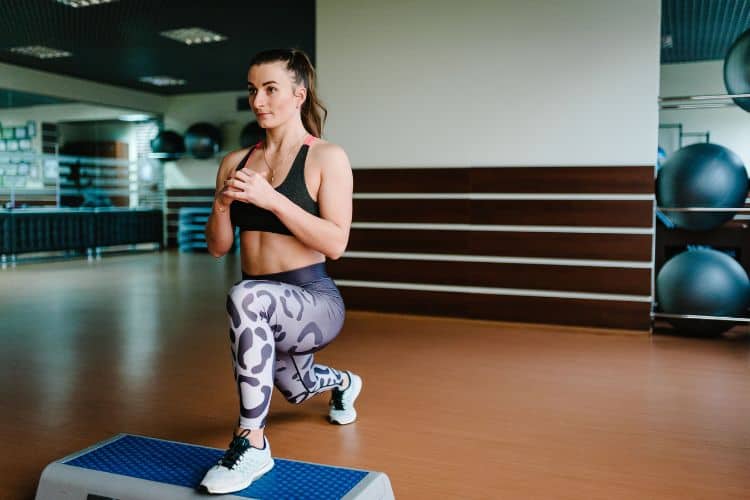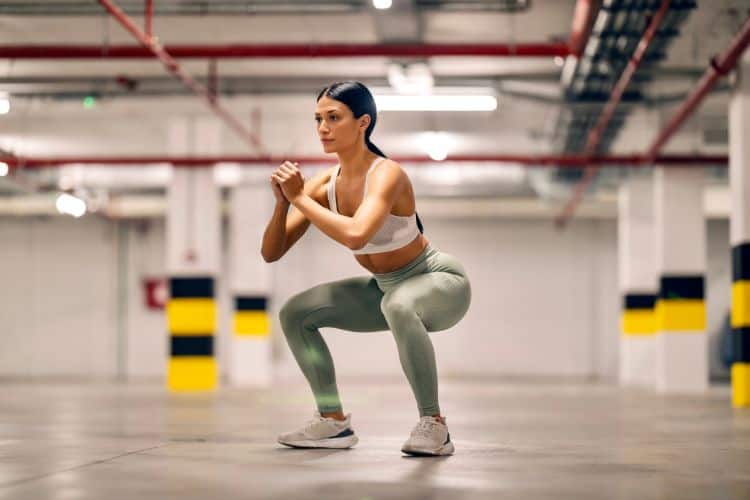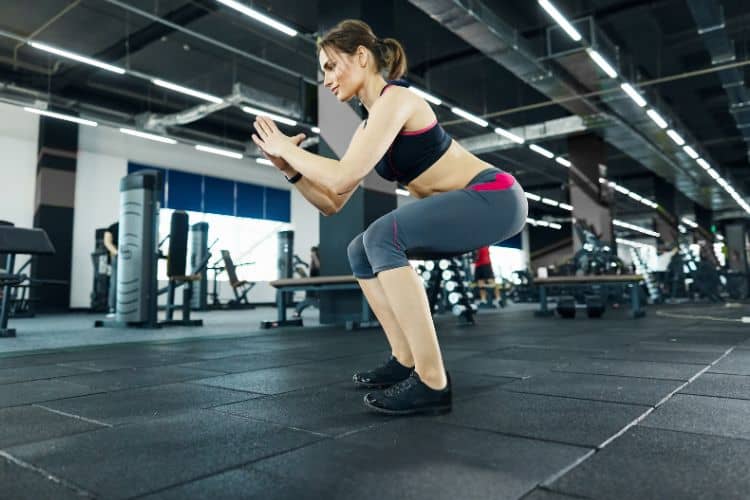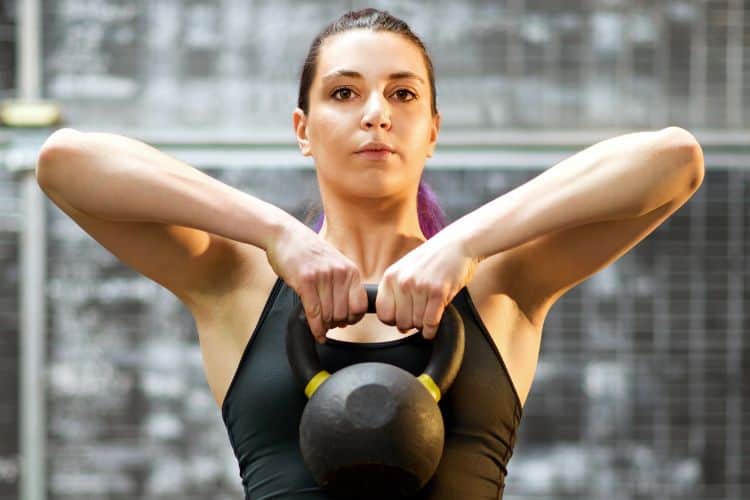Sign up for workout ideas, training advice, reviews of the latest gear and more.






If you’re looking for an efficient way to build strength, increase mobility, and burn fat in just half an hour, 30-minute full body functional strength workouts could be your game-changer. These dynamic routines focus on movements that enhance daily performance—not just muscle isolation—making them an essential addition to any fitness program.
In this guide, we’ll explore the benefits of functional strength workouts, what makes them effective, and provide you with a well-structured 30-minute plan you can follow today.
Whether you’re a beginner or seasoned athlete, this SEO-friendly post will help you master functional strength training at home or in the gym.
Functional strength workouts are training sessions designed to improve movements you perform in everyday life. Instead of focusing on isolated muscles, these workouts train multiple muscle groups and joints simultaneously. This not only builds overall strength but also enhances mobility, stability, balance, coordination, and flexibility.
For example, while a bicep curl targets just your biceps, a kettlebell swing, squat, or deadlift trains your entire body in a pattern you use daily—picking up a child, lifting groceries, or climbing stairs.
Why choose functional strength workouts over traditional weight lifting or cardio alone? Here are the top benefits:
In just 30 minutes, you can target every major muscle group while improving overall fitness. Functional workouts combine strength and cardio for an efficient calorie-burning session.
Training functional movement patterns translates to better performance in your daily life. You’ll move better, feel stronger, and reduce injury risk.
Nearly every functional move challenges your core. A strong core enhances posture, prevents back pain, and helps with overall athleticism.
By using compound movements that engage multiple muscles at once, you’ll boost heart rate and burn more calories—ideal for fat loss and lean muscle building.
Functional workouts keep your body moving through full ranges of motion, improving flexibility and mobility with every session.
A well-rounded functional strength workout includes:
The following 30-minute plan can be done 3–4 times per week, using minimal equipment—bodyweight, dumbbells, kettlebells, or resistance bands.
Begin with a 5-minute dynamic warm-up to prepare muscles and joints:
Why it matters: A proper warm-up increases circulation, loosens joints, and primes the nervous system.
Perform 4 circuits of 5 exercises, each lasting 40 seconds on, 20 seconds rest. Rest 1 minute between circuits.
Build lower body strength and improve hip mobility.
Strengthen glutes, hamstrings, and lower back while training proper hinge mechanics.
Enhance single-leg balance, stability, and unilateral leg strength.
Activate the core, shoulders, and hips for integrated body control.
Strengthen deep core stabilizers and improve spinal alignment.
Build upper body pressing strength while engaging the core.
Strengthen the back, shoulders, and arms to improve posture and pulling power.
Challenge core stability and anti-rotation strength.
Powerful hip hinge movement for explosive lower body power and cardio conditioning.
Target obliques and lateral stability.
Total body move that improves coordination, power, and endurance.
Build core and upper back strength while promoting anti-rotation stability.
Boost lower body power and cardio capacity.
Engage the core, shoulders, and legs for full-body conditioning.
Strengthen posterior chain and core with a focus on control and balance.
Build core stability, shoulder mobility, and full-body control.
Improve hip mobility, lateral strength, and balance.
Strengthen grip, core, and posture while challenging endurance.
Target glutes and hamstrings while maintaining core stability.
Advanced core strength and control.
Always finish your session with mobility and cool-down stretches:
Functional training emphasizes quality movement. Prioritize technique over speed or weight to prevent injury.
On rest days, include yoga, walking, or foam rolling to support recovery and maintain mobility.
Aim to complete 3–4 sessions per week for best results. Combine with proper nutrition and sleep for optimal progress.
Functional strength workouts differ from traditional lifting by focusing on multi-directional, multi-joint movements that build real-world strength—not just muscle size.
| Functional Strength | Traditional Strength |
|---|---|
| Movement-based | Muscle-based |
| Improves coordination and balance | Focuses on isolated strength |
| Builds core stability | Less core engagement |
| Transfers to daily tasks | Targeted gym results |
By blending the two, you can build both functional and aesthetic strength.
Good news: You don’t need an entire gym for an effective 30-minute session. Recommended equipment includes:
30-minute full body functional strength workouts offer one of the best ways to build strength, burn fat, and improve mobility—all in less time than a traditional gym session. Whether you’re training for life, longevity, fat loss, or athletic performance, this style of training delivers real-world results.
Ready to get started? Try the plan above 3–4 times a week and feel the difference in how your body moves and performs!
Want more workout and video guide?
Follow us on Pinterest, Facebook, and Subscribe to our Newsletter and Stay tuned for FREE downloads of our App coming soon!
Stay up to date on the latest women’s health, fitness and lifestyle trends and tips.